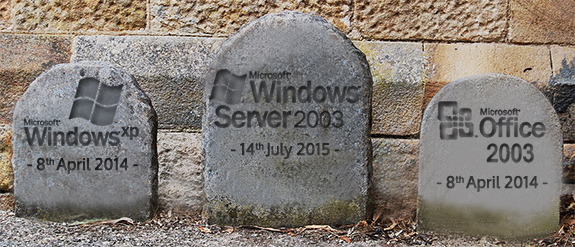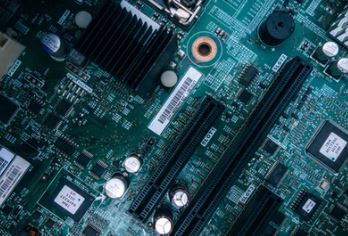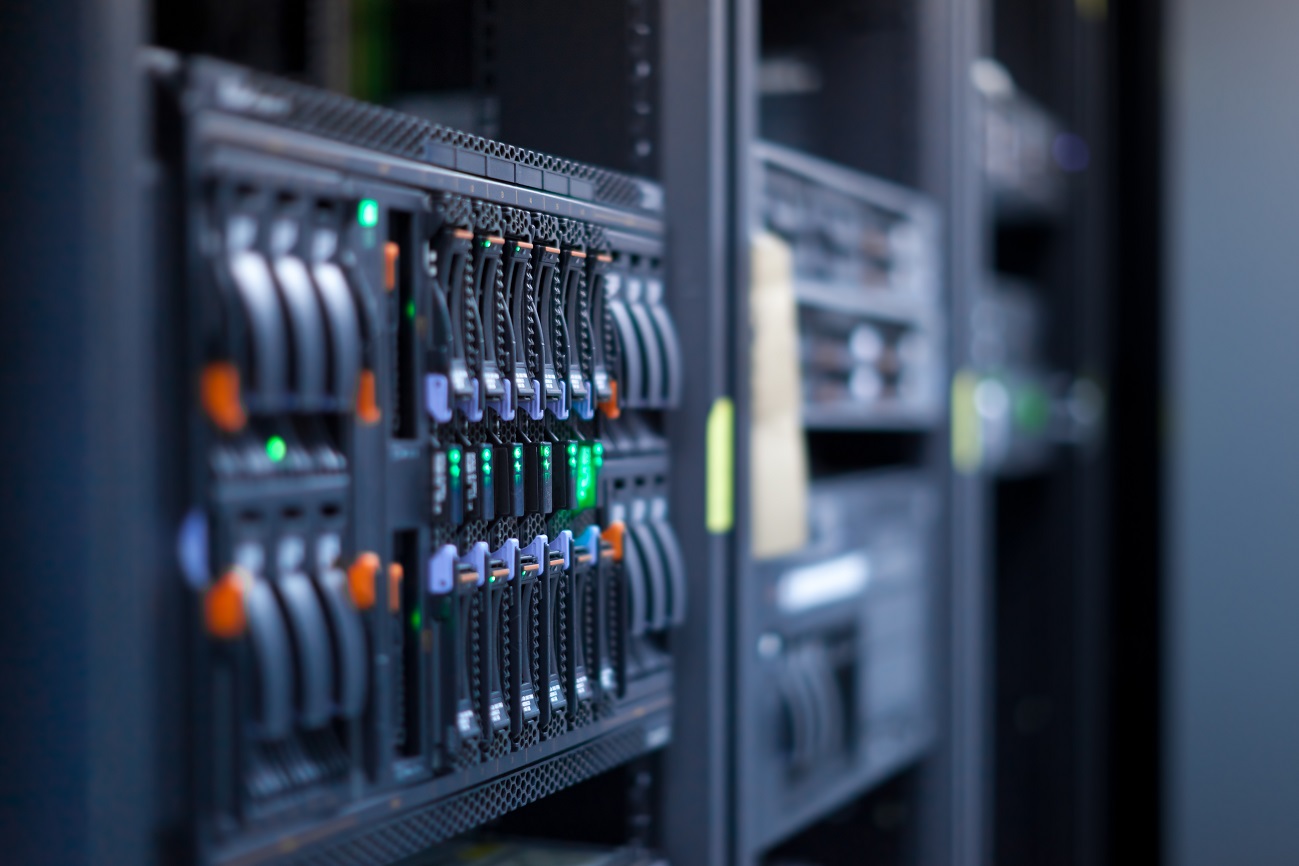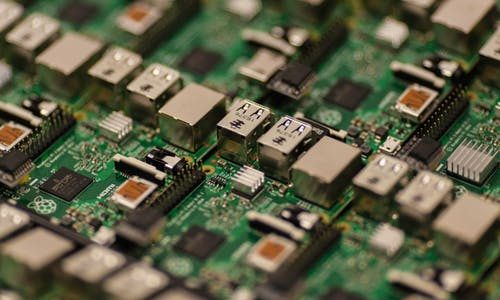Password security in the age of Cloud
How many passwords do you have? Do you remember them all? Do you use a password manager tool? Are your passwords complex and secure, or easy to guess dictionary words? What is your weakest point? I bet that last question threw you a bit. Your entire security and identity could… Continue Reading Password security in the age of Cloud




